Merging Bellydance with cabaret dance works!
Thanks Esma, Bellydance teacher in France, for telling us about this peculiar fusion between the cabaret and oriental dance she teaches in workshops.
How was this desire to combine Oriental dance with cabaret dance born?
 A few years ago, I choreographed an Oriental/Cabaret Fusion. It was then a new field to explore. The exercise fascinated me, the dancers were enthusiastic to perform it to an audience and the creation pleased, especially its stage rendering’s aesthetics.
A few years ago, I choreographed an Oriental/Cabaret Fusion. It was then a new field to explore. The exercise fascinated me, the dancers were enthusiastic to perform it to an audience and the creation pleased, especially its stage rendering’s aesthetics.
So how about offering it in a workshop?
The Oriental dance’s world and the one of Western cabaret are not so far from each other. Anyway they don't seem contradictory...
The cabaret spirit was even involved in the development of Oriental dance. Just refer to the famous Badia Casino created in Cairo in the 1920s by Badia Masabni, with on the bill great Oriental dancers who became legends (Naïma Akef, Samia Gamal, Tahia Carioca…).
Nowadays, which fan staying in Cairo did not attend the performances of the great Dina at the Seminaris or Randa Kamel on the Nile Maxim, to name only these two dancers?
Furthermore, I’ve always been fascinated by the French tradition of western cabaret with its lead dancers and sumptuous shows. Famous addresses’ names like the "Paradis Latin" and the "Moulin Rouge" among others ring out when we think of "Parisian cabarets".
Finally, the openness between cultures has always impacted arts, especially dance (music of course, but also drama or painting…).
Each world is enriched by what the other brings.
It is up to those who take up Fusion to respect each dance’s DNA as much as possible, without offering a simple superposition. This is where all the subtlety and difficulty of the exercise lies, with the no less delicate one of finding the good music.
What’s your goal by combining Bellydance with cabaret dance?
 Beyond the Oriental dance technical specificities (isolations, undulations, vibrations, accents...), we must note the close link between culture and dance (Sharki, Baladi, Saïdi folklores, Fellahi, Mambouti, Haggalah styles…) with their musical features (instrumental and rhythmic) and the resulting dance styles.
Beyond the Oriental dance technical specificities (isolations, undulations, vibrations, accents...), we must note the close link between culture and dance (Sharki, Baladi, Saïdi folklores, Fellahi, Mambouti, Haggalah styles…) with their musical features (instrumental and rhythmic) and the resulting dance styles.
This harmony between music and dance expression prevails particularly in Baladi.
For the cabaret, I’d highlight the staging and its characteristics of theatricality, spectacular, and splendor with an emphasis on expressiveness. The challenge is to take on these notions of "large", "big", "exteriority" of the cabaret to bring it to Oriental dance... by teaching larger movements, better management of space (in the Sharki in particular) and working at the same time on the intention to communicate, the interaction with the audience, even when it is a more intimate dance like Baladi.
The challenge is to take on these notions of "large", "big", "exteriority" of the cabaret to bring it to Oriental dance... by teaching larger movements, better management of space (in the Sharki in particular) and working at the same time on the intention to communicate, the interaction with the audience, even when it is a more intimate dance like Baladi.
This is a trial since it is the first time that I will offer this workshop very soon.
The objective is to explore so that the Oriental dance technical bases and stage expression meet and, I hope, enrich, the more theatrical and spectacular aspect of the cabaret. It is a question of building a bridge between two worlds to improve the technical quality, give meaning to the gestures and externalize.
What will this teaching combining Oriental dance with cabaret dance bring to the dancers?
 It’s a 2-hour workshop. The lines of work mentioned above are ambitious for a session this short. It is a question of opening ways to deepen later having for main objectives:
It’s a 2-hour workshop. The lines of work mentioned above are ambitious for a session this short. It is a question of opening ways to deepen later having for main objectives:
• Improvement of the movements quality, their amplitude
• Better space management, important both as a soloist and within a group
• Measuring the interiority and expressiveness If we refer to drama for example, behind the mask of the Commedia Dell' Arte, the gestures had to be large and generous to be readable. In Sharki, with the movements, the arms figures (opening, arcs of a circle, rotations…), twirls… working on this seems very useful.
If we refer to drama for example, behind the mask of the Commedia Dell' Arte, the gestures had to be large and generous to be readable. In Sharki, with the movements, the arms figures (opening, arcs of a circle, rotations…), twirls… working on this seems very useful.
In Baladi where the arms are closers to the body, where we dance in a limited space, it is necessary not to "dance squeezed in", but to give meaning to the movements in symbiosis with the music. The "cabaret" approach can inspire and help.
In what outfit and on what kind of music can you dance this Fusion mixing Bellydance and cabaret?
 For the workshop, what you usually wear in class works perfectly. We could even complete the outfit with dance shoes with heels!
For the workshop, what you usually wear in class works perfectly. We could even complete the outfit with dance shoes with heels!
For the stage, be creative by drawing inspiration from the world of cabaret.
On the Fusion I created in 2015 for my company Al Nessayem, the choice was truly “cabaret”: corset, short tutu, tights, heels, gloves, and wig. It was danced with veil fans on 'Whatever Lola wants' from Natacha Atlas and Transglobal Underground.
Indeed the problem of the music choice is tricky. In my opinion the world of Natacha Atlas, among others, can lend itself to this type of Fusion.
Where and in what setting can our customers and dancers follow your teaching of Bellydance and this fusion?
 I mostly teach Oriental dance in downtown Angers (France), but I taught or replaced further away in the department, even… in Nantes. I also led workshops in the Grand Ouest, in Brittany or Sarthe and oversea on the Reunion island.
I mostly teach Oriental dance in downtown Angers (France), but I taught or replaced further away in the department, even… in Nantes. I also led workshops in the Grand Ouest, in Brittany or Sarthe and oversea on the Reunion island.
In Angers, these are weekly regular lessons within the association « Mille et Une Danses d'Orient ». I give lessons "for levels" or "with a theme” with accessories.
For those interested, please visit our website to find out more about the association's activities.
At the same time, I teach a weekly session at the Maison de Quartier du Lac de Maine (ILM), also in Angers.
Regarding the oriental/cabaret theme, this is what I call a first, a one-time course that could be repeated if I were invited.
What is your background in the world of dance?
 First of all, I’d like to distinguish between "dancing" and "training in dance with regular supervised practice".
First of all, I’d like to distinguish between "dancing" and "training in dance with regular supervised practice".
Regarding the first of these two aspects, dance has always been part of me, in any case since my childhood in the family setting. I danced a lot, especially with my father, to whom I pay an affectionate tribute for what he taught me in this particular domain.
As for dance training, despite 2 years of classical dance lessons and not in a row, it was, to my regret, much later that I started. First of all it is with drama that I made a living for several years. Oriental dance came into my life only around 15 years ago but I can’t tell you exactly when.
Oriental dance came into my life only around 15 years ago but I can’t tell you exactly when.
In short, here are some of the stages in my journey:
First lessons with Sawsane Johanna, in Angers. With her, I’d learned for a few years the technical bases of the discipline.
After while still taking lessons... the “Certified training to teach Oriental dance”, with professor Hassan Khalil and later, the “Professional training of Yaël Zarca/ Association Sultana” (1st edition 2012).
I was insatiable and multiplied at the same time workshops, training sessions, and private lessons with many teachers/dancers who all made my passion grow, "made" me grow. Among them (but it would be tedious to mention them all, I hope to be forgiven by those I do not list here, because in reality I am grateful to each of them for what I gained from their teaching), I’d name... Jillina, Randa Kamel, Momo Kadous, Gamal SeÏf, Mohamed Shahin, Fériel Rodriguez, Yaël Zarca… To all of them, thanks from the bottom of my heart!
Among them (but it would be tedious to mention them all, I hope to be forgiven by those I do not list here, because in reality I am grateful to each of them for what I gained from their teaching), I’d name... Jillina, Randa Kamel, Momo Kadous, Gamal SeÏf, Mohamed Shahin, Fériel Rodriguez, Yaël Zarca… To all of them, thanks from the bottom of my heart!
Teacher in middle and high schools in a "first professional life", it was quite natural that I decided as well to become a Bellydance teacher.
Some performances at open stages in the territory, during stays in Cairo with the Sultana association, solo or within a company (AMEIYA).
Finally, other than students galas, I’ve challenge myself in creating a Bellydance company (Al Nessayem), putting on shows, inviting dancers (the last two: “Rencontres” in 2017 and “Pluri'elles” in 2018).
Currently I’m dedicating my time to my lessons and students.



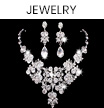
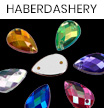




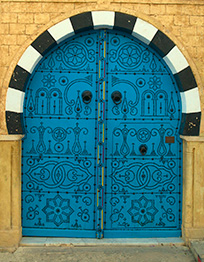

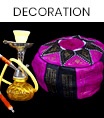

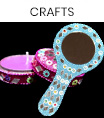

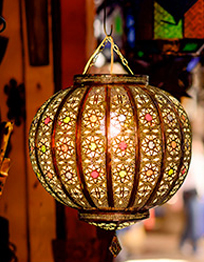


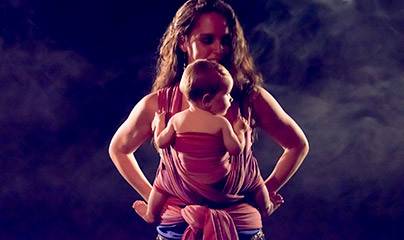
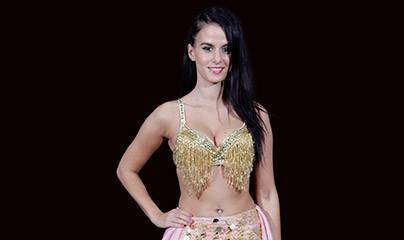
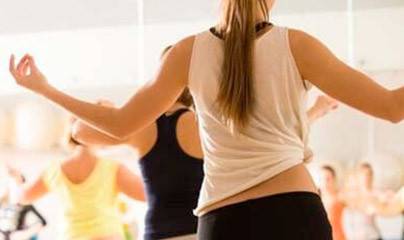
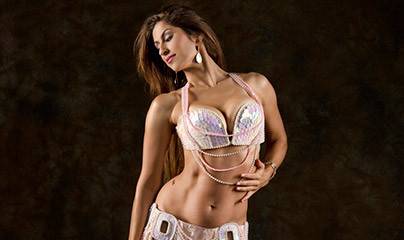
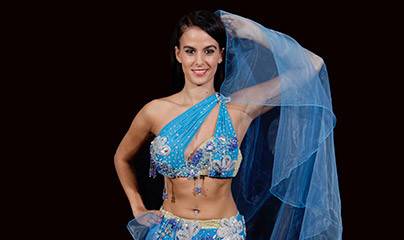
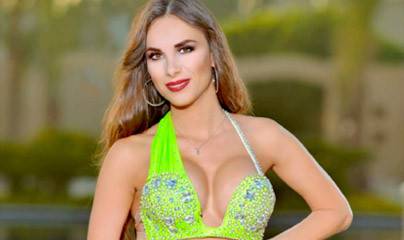
Leave a comment
Login to post comments